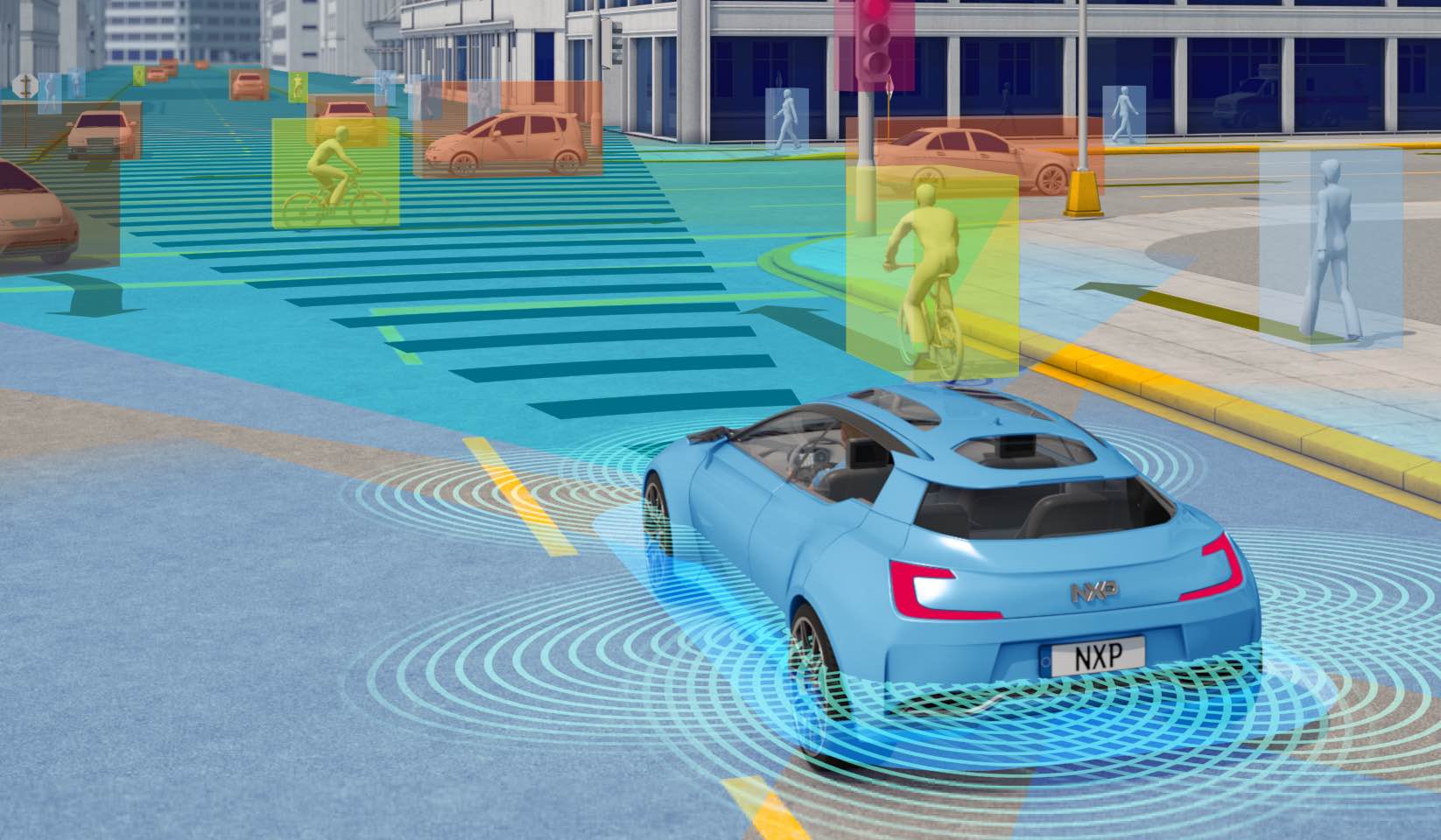Back in the late 1970s, when Washington's Metrorail system first began operating in Arlington County, Virginia, the future of Arlington and other old, inner suburbs was far from certain. Across the Potomac, the District of Columbia was suffering from depopulation, rapidly rising crime rates, and serious fiscal difficulties.
Meanwhile, on the other side of Arlington, Fairfax County was enjoying a stunning period of growth. People were flocking by the hundreds of thousands to Fairfax's sprawling residential subdivisions, and employment centers popped up and grew rapidly around freeway interchanges.
The future looked as though it belonged to Fairfax County, and Arlington's decision to target development around its new Metro stations seemed quixotic and anachronistic.
But now, with the benefit of thirty years of hindsight, Arlington seems to have been extraordinarily foresighted in its decision to grow around Metro. From 2000 to 2008, Arlington's population grew by 10% -- all of it infill development, and a remarkable achievement for an inner suburb.
Even more remarkably, this growth has led to a negligible impact on local traffic. Daniel Malouff, author of the BeyondDC blog, reported yesterday morning on a meeting with Arlington's Department of Transportation, at which officials recounted some numbers that had emerged from research on the effects of county development choices.
Among the remarkable statistics:
1. Auto traffic counts in the Pentagon City area are level today compared with counts from 1975. Despite all the development that has occurred there in that time frame, including construction of one of the region’s largest and busiest shopping malls, there has been no measurable increase in traffic congestion.
2. 1,000 units of urban-format TOD housing generates fewer auto trips per day than a single suburban-format McDonalds or 7-11. You can build 1,000,000 square feet of residential TOD and generate less congestion than 2,000 square feet of auto-oriented retail.
Arlington has very nearly maximized the development potential of available land around Metro stations, but it's looking to create new transit access for its communities by building a streetcar line along one of the county's busier thoroughfares (and running along its busiest bus routes). Already, denser, walkable, and mixed-used developments are replacing older strip malls on the planned line.
And of course, Fairfax County has been busily working to reverse its approach to transit and development, its streets and highways having bogged down under the weight of constant congestion.
Back when Metro was originally built, Fairfax did not attempt to lobby for routing through population centers, opting instead for a cheaper alignment along the median of I-66 (for the Orange Line), and along existing rail right of way (for the Blue Line). Stations were almost exclusively surrounding by parking; riders would nearly all arrive by car.
These decisions have proven difficult to reverse engineer, but Fairfax County has been trying. Along the I-66 corridor, the county is encouraging such transit-oriented development as can be accommodated. In Springfield (on the Blue Line), a large, walkable redevelopment plan has been slowly making its way forward despite the difficult economic situation.
But the biggest shift is occuring elsewhere. Fairfax County and the state of Virginia recently won federal funding for a new extension of the Metrorail system, to be run through the densest portion of the county at Tysons Corner.
The Silver Line will be used as a framework around which to completely remake Tysons into a dense, walkable downtown. The area may ultimately be home to over 100,000 people, and an employment center to rival downtown Washington.
The rest of the country will be watching. Tysons represents one of the most ambitious attempts to reengineer a suburban employment and retail center into a pedestrian friendly mini-city, fit for residents as well as workers.
Of course, the opportunities to make these kinds of changes are extremely limited. Very few heavy rail systems have been built in the past half century. Commuter rail and light rail systems are increasingly common in growing cities, but federal funding has simply not been made available for new lines on the necessary scale, and the federal government has not made transit-oriented development a priority in choosing where and how to allocate transportation dollars.
This is an inexcusable missed opportunity given transit-oriented development's record of accommodating population growth without contributing to new congestion. Hopefully it is one Congress will address when it gets around to crafting a new transportation bill.





